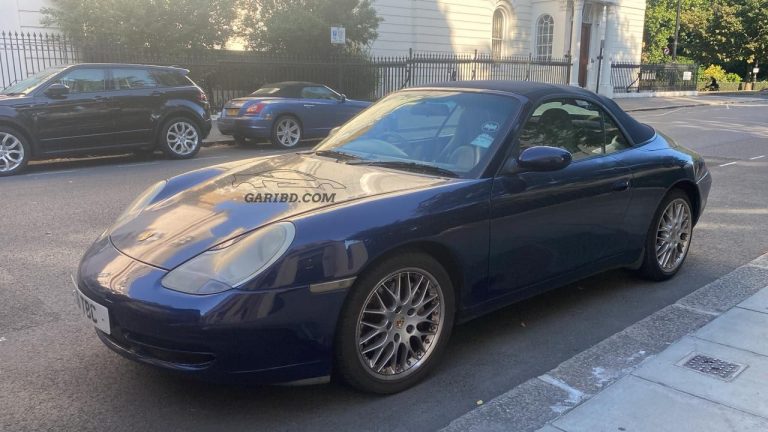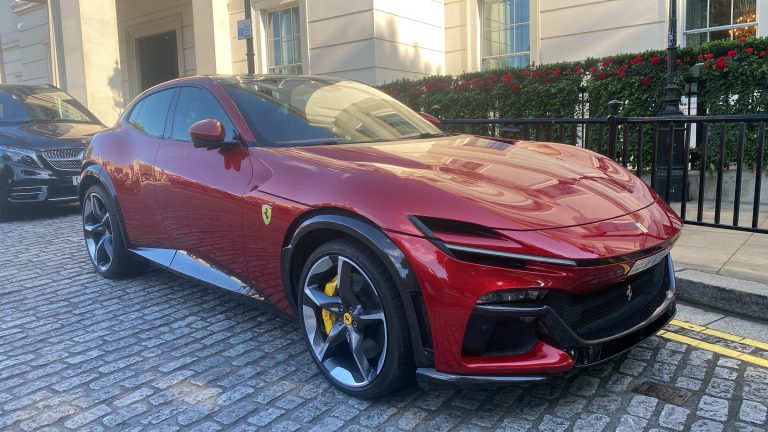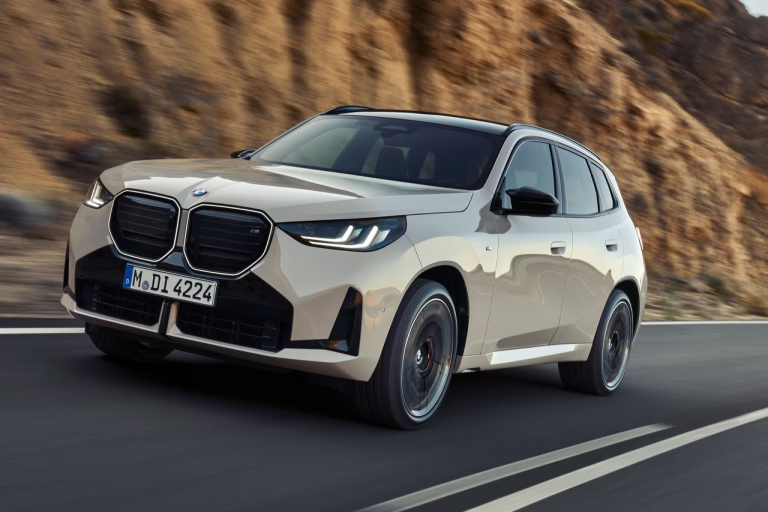A brief overview of the DB6.
Produced between 1965 and 1970, the Aston Martin DB6 stands as the ultimate and arguably most sophisticated evolution of the legendary “DB” grand tourers from the David Brown era. Building on the legacy of the iconic DB5, the DB6 enhanced the winning combination of power and luxury by offering greater space, improved aerodynamics, and increased practicality, making it a standout supercar of its era.
Design and Exterior: A Study in Aerodynamics
Though unmistakably the successor to the DB5, the DB6 introduced several significant and distinctive design elements, particularly at the rear. The example shown here, resplendent in silver with classic wire wheels and sporting the registration VBH 515E, exemplifies these signature features:
- The “Kamm Tail”: The most significant difference is the slightly truncated and elevated rear deck, commonly referred to as a Kamm tail. This aerodynamic feature improved high-speed stability by reducing lift, which had been a concern on the DB5.
- The Rear Quarter: The rear quarter windows are notably larger than those on the DB5, and the rear roofline is extended and slightly steeper, providing a more spacious and usable rear cabin area.
- Split Bumpers: Unlike the clean, continuous rear bumper of its predecessor, the DB6 often features chrome split bumpers flanking the license plate, further emphasizing its unique design.
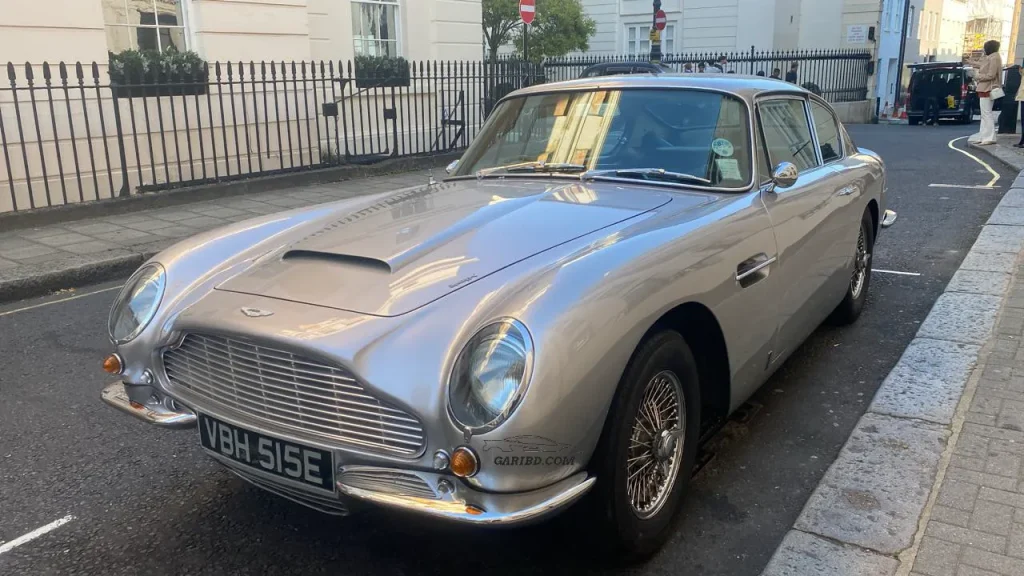
Engineering and Performance
Under the bonnet, the DB6 retained the magnificent 4.0-litre Tadek Marek-designed inline six-cylinder engine from the DB5.
- Engine: The standard unit produced around 282 horsepower, with the more powerful Vantage specification (featuring triple Weber carburettors) increasing output to 325 horsepower.
- Drivetrain: Power was typically routed through a five-speed manual gearbox, though a Borg-Warner automatic transmission was a popular option.
- Handling: The improved aerodynamics from the Kamm tail, combined with the DB6’s slightly longer wheelbase (increased by nearly four inches over the DB5), gave the car noticeably superior stability and a more composed ride, cementing its status as a superlative long-distance grand tourer.
Interior and Legacy
The extended wheelbase directly translated into a crucial selling point: a more practical 2+2 cabin. The rear seats of the DB6 were genuinely usable for passengers, making it the most family-friendly of the classic DB cars. Inside, the luxury was uncompromising, featuring:
- Materials: Extensive use of Connolly leather, high-quality wool carpets, and beautifully finished wood trim.
- Comfort: Modern conveniences of the era, such as air conditioning and electric windows, were often specified, affirming the DB6’s role as a luxurious, high-speed mile-eater.
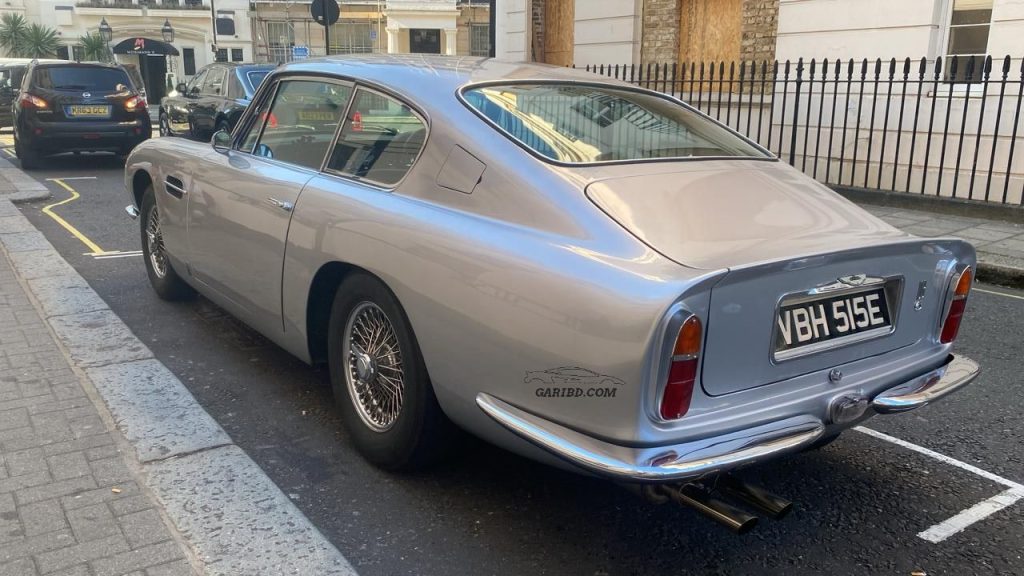
Conclusion
The DB6 was built until 1970 before being succeeded by the muscular DBS. It remains a deeply loved classic, prized by enthusiasts who value its refined aesthetics, improved practicality, and pivotal role as the final chapter in the legendary six-cylinder DB lineage.
Note: The pictures used in this article are our own materials.

